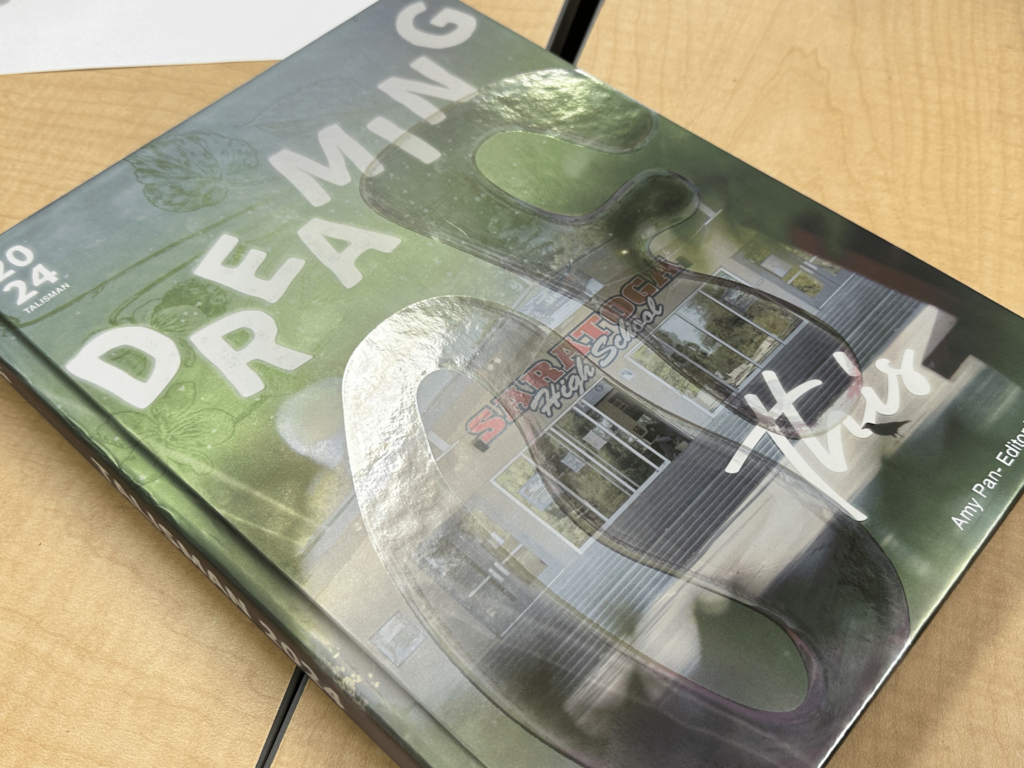The girl’s bag contained marijuana, a pipe, empty plastic bags, a large quantity of money in $1 bills, an index card that appeared to list students who owed her money, and two letters that implicated the girl in dealing marijuana. Tracy Lois Odem, a freshman at Piscataway High School in New Jersey was having her bag searched by her principal for cigarettes but was instead caught for illegal drug use in 1985.
Oden fought the charges of drug possession, claiming that the Fourth Amendment protected her against such unreasonable searches. The Supreme Court ruled 6-3 that the search and seizure by school officials without a warrant was constitutional as long as the search was deemed reasonable given the circumstances.
Despite the misconception that student possessions are safe from the hands of school officials, under the Los Gatos-Saratoga Joint Union High School District Locker Code, “school officials may search individual students and their property when there is a reasonable suspicion that…the student is violating the law…of the District or the school.”
While police must base their searches on probable cause, students in school must surrender their belongings when there is reasonable suspicion, a standard requiring more cause than a hunch but still much weaker than probable cause. If school officials suspect any substantial, threatening problem is present but do not know which student is responsible for the violation, random and blanket locker searches may be conducted.
“Yes, I’ve always supported [this policy],” said assistant principal Karen Hyde. “It would have to be something that would be explainable, something that I would be able to argue in court.”
The last time a student’s locker was opened occurred three years ago when the nets of the tennis court were lit on fire. Hyde said that the locker had “some interesting materials in it.”
Senior Paul Stavropoulos agrees with the school’s intentions but believes that there needs to be a limit on when a school official can open a locker.
“It is necessary in terms of keeping the campus safe,” said Stavropoulos. “It is a slippery slope. It’s OK if [the officials] want to get into lockers, but what if they want to get into cars and backpacks?”
School officials say the policy is needed to ensure students’ safety.
“You have to hope that administrators are going to have enough of a conscience and judgment to not do this vindictively. It has to have a cause,” said Hyde. “This is about providing a safe environment and education for kids, whatever it takes.”


























